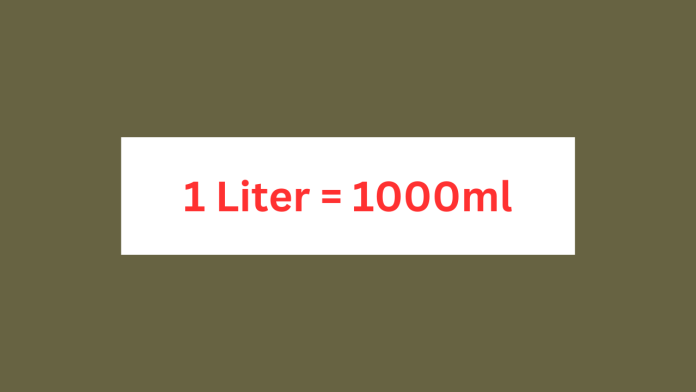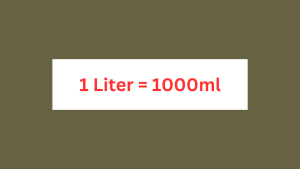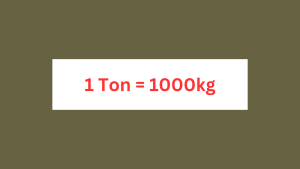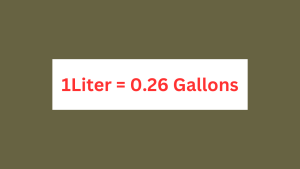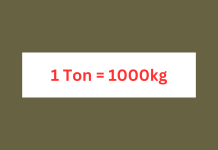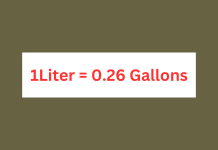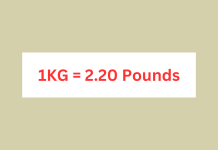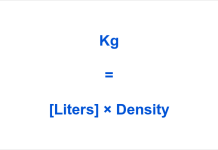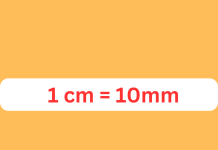Liter to Milliliter Calculator
Defining a Liter
A liter (symbol: L) stands as a pivotal unit of volume acknowledged within the International System of Units (SI), though it technically doesn’t hold SI unit status. This volumetric measure equates to 1 cubic decimeter (dm3), 1,000 cubic centimeters (cm3), or 1/1,000 cubic meters (m3).
Unraveling History
Delving into the annals of history, between 1901 and 1964, a liter was defined as the volume occupied by one kilogram of pure water under conditions of maximum density at atmospheric pressure. However, challenges arose due to the intricate mass-volume relationship of water, intertwined with factors like temperature, pressure, purity, and isotopic uniformity. The revelation that the kilogram prototype was slightly oversized, resulting in the liter measuring 1.000028 dm3 rather than the intended 1 dm3, prompted a reversion to the original definition.
Contemporary Applications
In the contemporary context, the literature finds versatile applications. It serves as a standard for measuring liquid volumes and labeling containers for liquids. Moreover, it extends its utility to gauge non-liquid volumes, such as the dimensions of car trunks, backpacks, climbing packs, computer cases, microwaves, refrigerators, and recycling bins. Additionally, it becomes the yardstick for expressing fuel volumes and prices across diverse countries globally.
Related Blogs
Defining a Milliliter
On the flip side, a milliliter (symbol: mL) emerges as another indispensable unit of volume acknowledged in the international system of units (SI). Corresponding to 1 cubic centimeter (cm3), 1/1,000,000 cubic meters (m3), or 1/1000 liters, it occupies a crucial place in our understanding of volume.
Also Read: Liter to Kg
Tracing its Origin
The milliliter traces its roots back to the liter (US spelling) or “liter” in SI terms. Originating from the French metric system, the term “liter” finds its etymological roots in “litron,” an early incarnation of the French liter. Refer to the literature page for a deeper dive into its historical evolution.
Modern-Day Utilization
In the present era, milliliters play a pivotal role in measuring the volume of smaller containers integral to daily life. From plastic bottles, cans, and drinking glasses to juice and milk cartons, yogurt containers, toothpaste tubes, and perfume/cologne bottles, milliliters become the standard metric. Various measurement devices, including graduated cylinders, beakers, pipettes, and measurement cups, also adopt milliliters as their primary unit.
In Conclusion
In unraveling the distinctions and applications of liters and milliliters, we gain a comprehensive understanding of these units of volume. From historical shifts to contemporary applications, these measurements weave into the fabric of our daily lives, providing precision and uniformity in quantifying the liquids and volumes that surround us.
Frequently Asked Questions (FAQ’s)
Ans: 1 Liter is 1000 ml.
Ans: 1 liter equals 1000 milliliters.


















